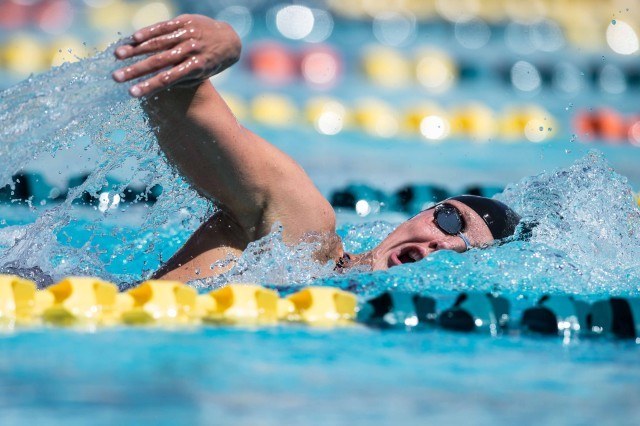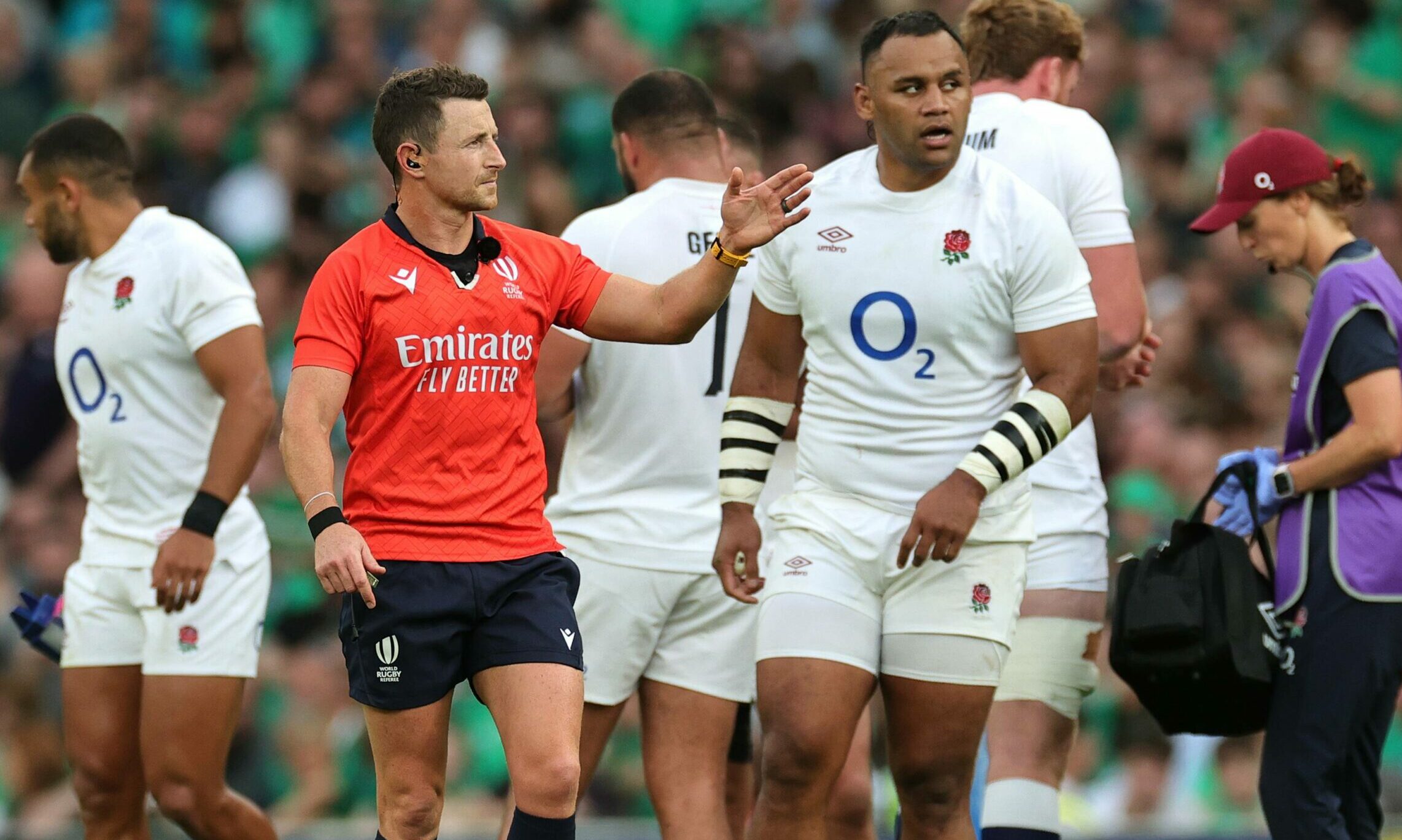Luke G. Williams explains what drew him to spend more than two decades researching the life and times of a snooker subculture legend…
Until I read Jimmy White’s autobiography in 1998, I’d never heard of Patsy Houlihan.
 When I read that White regarded him as one of the greatest snooker players he’d ever seen, my curiosity to find out more about Houlihan soon became an obsession, which in turn became an unwavering determination to bring his remarkable life to wider attention.
When I read that White regarded him as one of the greatest snooker players he’d ever seen, my curiosity to find out more about Houlihan soon became an obsession, which in turn became an unwavering determination to bring his remarkable life to wider attention.
My quest finally ended last month, when my book ‘The Natural: The Story of Patsy Houlihan, The Greatest Snooker Player You Never Saw’ was published.
As ‘The Natural’ hits bookshelves, it is 45 years since Houlihan’s sole appearance at The Crucible. In the 1978 world championship he beat Chris Ross and JIm Meadowcroft in qualifying to seal a place in the last-16 in Sheffield against Cliff Thorburn. Houlihan succumbed 13-8, but not before he had shown glimpses of his formidable talents with a string of fluent breaks.
“Boy, was [Patsy] a smooth player,” is Thorburn’s recollection. “I had to be very careful against Patsy because if the balls were open he could get to you. A very dangerous player.” Truth be told, Houlihan – then 48 – was already in decline, fading eyesight and issues with recurrent conjunctivitis having blunted his considerable powers.
Patrick William Houlihan was born on 7 November 1929 in Deptford, south-east London and died 77 years and one day later, having spent his entire existence living within a small radius of the place of his birth.
“Deptford was everything to him,” Houlihan’s daughter Patsy Girl told me, and in old-school pubs and snooker halls south of the river, his name is still spoken of in awed tones. Comedian Simon Day recalled: “What a legend Patsy was. He was like the Sasquatch – rarely seen but older snooker hall lags would always say [when they saw someone else play]: ‘he couldn’t beat Patsy!’”
Although his pro career from 1971 until 1993 was modest, Houlihan’s record as an amateur was sensational – comprising seven London titles, the first back in 1954, as well as the coveted English Amateur Championship in 1965.
In that English Amateur triumph, Houlihan thrashed future world professional champion Spencer 11-3 in the final at the Blackpool Tower Circus in front of 1,750 spectators, having already disposed of world amateur champion Gary Owen and future six-time world professional champion Ray Reardon.
Houlihan’s 6-5 victory against Reardon – after trailing 5-1 – was arguably the greatest amateur match ever played. “As we shook hands, Ray said I ought to be locked up,” Houlihan later chuckled. “As he was a policeman then, I thought that was rather good.”
Houlihan’s overall record in the English Amateur Championship was stellar – comprising 64 wins from 77 matches. His peak? Twelve months from mid-1964 until 1965 when he won 20 straight matches and five successive trophies – the London, Southern and English titles, plus the BA&CC ITV Television trophy and the Muswell Hill ‘Green Man’ tournament.
Houlihan’s amateur record was compiled at a time when unpaid snooker possessed far more strength in depth than the stagnant professional ranks, with the likes of Cliff Wilson, Ron Gross and Marcus Owen battling Houlihan for supremacy.

Houlihan (left) at the Pot Black snooker club on Vardens Road, alongside Tony Meo, Wally West, Noel Miller Cheevers, Jimmy White and Bob Harris (Pic from Patricia Houlihan)
Sadly, none of this richly talented generation were encouraged to turn pro at their peaks by then snooker tsar Joe Davis and the small band of other inward-looking professionals. In Houlihan’s case, Davis disapproved of Patsy’s penchant for hustling and playing for money, often in insalubrious snooker halls.
As former WPBSA chairman Rex Williams told me: “Joe was very particular who came into the professional ranks. He looked into your background and if [it] was even slightly shady there was no chance. [Patsy] applied and was turned down. He came from a very poor working-class background… That shouldn’t have been held against him, but it may have been.”
The truth was, hustling and money matches were the only way for a working-class lad like Houlihan to earn a living from snooker – and make a living he did. Indeed, such was his formidable reputation that he had to formulate innovative wagers to persuade people to risk playing him.
Six-time world champion Steve Davis recalled: “[Patsy would] play people and he wouldn’t be allowed to have the cue ball touch a cushion or whatever. People would think they would be able to beat him if he had that type of handicap but he was so skilful that he could still win.” At other times, Houlihan would play for money one-handed, left-handed, or even with the end of a broom rather than a cue.
Houlihan’s chances of turning pro were not aided by a criminal record acquired in 1966 when a spot of drunken high jinx saw him break into a warehouse with a couple of drinking buddies.
This misdemeanour, along with the Indo-Pakistani War, prevented him from participating in a delayed world amateur championship in 1966. It was also probably the reason why an application to turn professional in May 1969 was rejected; by then Spencer and Reardon had been welcomed into an expanded pro circuit but Houlihan was frozen out until 1971.
Heartbreakingly, no video of Houlihan in action has survived save for the briefest of snippets. As such an objective appraisal of his greatness is hard to formulate, although the testimonies of those who saw him play are instructive.
Jimmy White, who spent many hours playing with Houlihan and Tony Meo at the legendary Pot Black club in Vardens Road, Battersea in the 1970s, still rates him as the greatest – or among the greatest – cue men who ever lived.
“Some days Patsy struggled because he’d been drinking the night before or gambling or whatever, but when it all connected and he started performing, he was like no one else on earth,” White explained. “There are certain people in this world, certain sports people, like Floyd Mayweather in boxing or Tiger Woods in golf, like Ronnie O’Sullivan at times today, that when they hit their peak they just can’t be beat … Houlihan was like that.”
Another Houlihan advocate is Bill King, father of tour veteran Mark, who after decades in and around the snooker circuit remains unswerving in his view that Houlihan was “the best snooker player I’ve ever seen”.
Houlihan’s swiftness around the table was legendary and he is thought to be the first player to complete a century in less than four minutes. The man who now holds the record for the fastest televised century, Tony Drago, only saw Houlihan play when he was past his peak, nevertheless the Maltese flyer admits: “We played the same sort of game, Patsy and I, except he was probably even faster.”
Movingly, a common thread among those I spoke to about Houlihan was that he was a man whose generosity towards others, particularly young players, was considerable. Having missed out on success in the professional ranks, Houlihan had every reason to be bitter, but instead he chose kindness.
Example? Former pro Tony Meo customarily refuses interview requests these days, however he made an exception when it came to Patsy Houlihan, ringing the author and saying: “I’ve been approached to do all sorts of stuff about snooker in the 1980s … and I’m just not interested. But you’re doing something very good by writing about someone who was such a nice man, and that means more to me.
“It’s nice that Patsy Houlihan’s being remembered because he was a decent soul… What can I say? We loved him.”
‘The Natural: The Story of Patsy Houlihan, The Greatest Snooker Player You Never Saw’ is published by Pitch. Luke G. Williams has been a writer for more than 25 years and tweets @boxianajournal
Main image: Houlihan (right) with Welsh snooker talent Clifford Wilson outside Burroughes and Watt in London. (Seamus Phelan)
Home page image: A publicity photo taken of Houlihan during his later years on the pro tour. (Patricia Houlihan)



















You must be logged in to post a comment Login